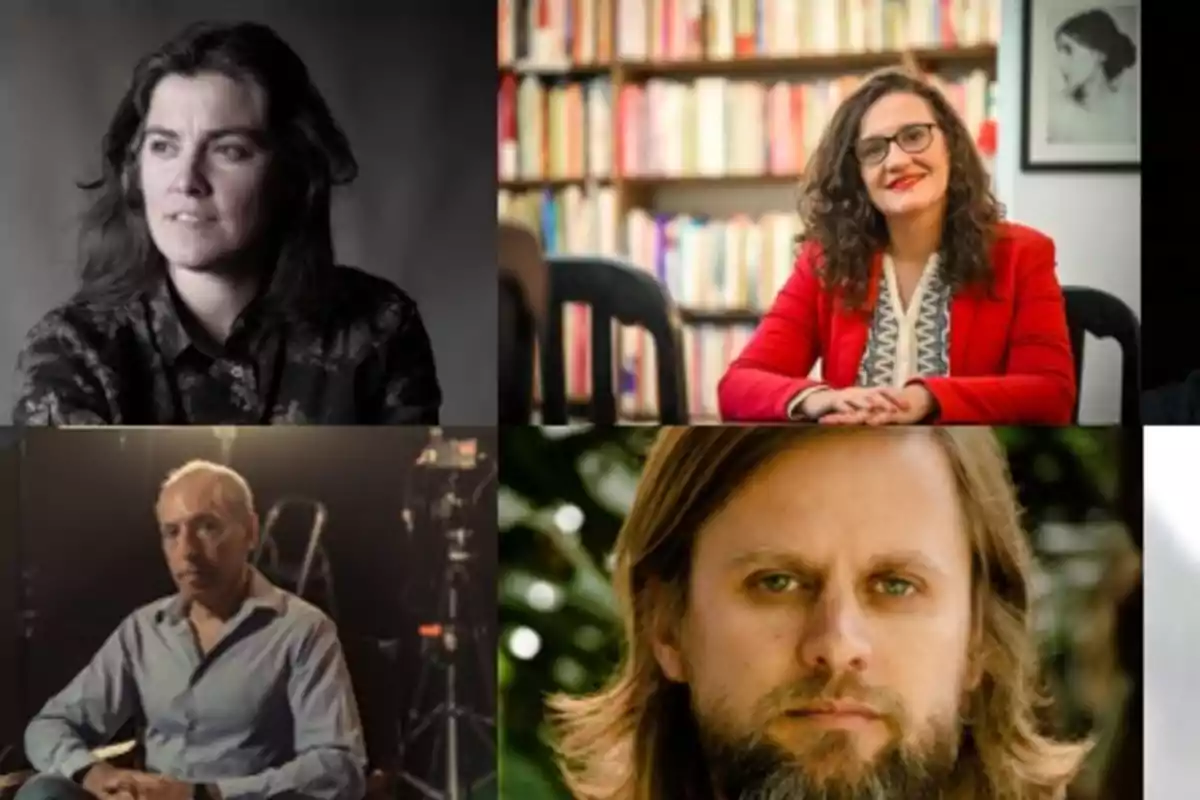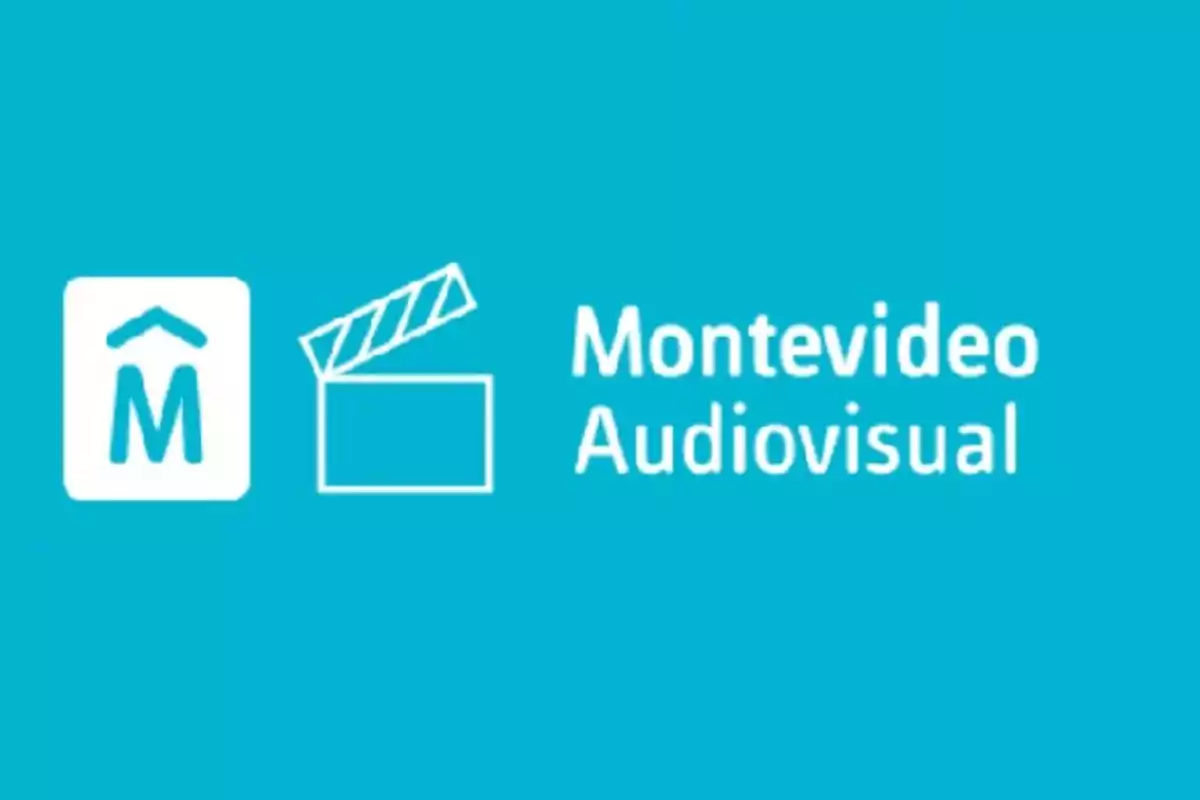
La Diaria falsifies: free cinema doesn't exist in Uruguay
A media outlet serving the left and its paid supporters
La Diaria continues to misinform and lie to Uruguayans. Today, Monday, July 14, it published an article titled: "Free Uruguayan cinema in the neighborhoods: the Recent Releases cycle," which is completely false.
Claiming "free cinema" is blatantly lying, mocking the efforts of Montevideo residents and once again operating in favor of the left.
Public funding so it can be "free"
The Recent Releases cycle is funded with public money. It is organized by Montevideo Audiovisual, a division of the ridiculous Department of Culture of the Montevideo City Hall, one of the main parties responsible for the municipality's fiscal deficit.
These productions that the left promotes as "free cinema" have been financed by the State through two subsidy programs promoted by Montevideo Audiovisual: MVD Socio Audiovisual and MVD Filma.
Among the films included in the Recent Releases cycle, several received significant financial allocations from the MVD Socio Audiovisual fund:
- La fábula de la tortuga y la flor (documentary, 2023) received $820,000.
- Reus, la vuelta al barrio (fiction, 2023) obtained $1,435,771.
- Siempre vuelven (fiction, 2024) was awarded $1,500,000.
- Una luz afuera (fiction, 2022) received $1,104,575.
Meanwhile, the MVD Filma fund also allocated significant amounts. For example:
- La fábula de la tortuga y la flor (2020) received $400,000 in its initial stage.
- Reus, la vuelta al barrio (2019) was funded with $900,000.
You may also be interested in a review of the history of a betrayal in turbulent times
A well-funded cultural leech
Montevideo Audiovisual manages a budget that is part of the Department of Culture of the City Hall, which received more than $2.7 billion in 2024.

To make matters worse, the same division charges fees for the use of public locations for filming, through its Locaciones Montevideanas office, under a fee schedule established by Resolution No. 671/13.
Prices are set in Adjustable Units (UR) for the use of everything from plazas, markets, and avenues to theaters, museums, and beaches:
- Filming in the City Hall esplanade costs 7 UR per hour.
- Using the interiors of Teatro Solís: 8 UR per hour, plus 25% for brand association.
- A session in the Japanese Garden costs up to 7 UR per hour.
- Up to 5 UR per hour for filming in cemeteries.
- Renting a crane with a driver costs 2 UR per hour.
The City Hall doesn't specify how that money is spent, which reveals a worrying lack of transparency in the management of public funds.
You may also be interested in discovering the true face of social democracy
While Montevideo faces urgent problems, the City Hall funds filming from start to finish
Montevideo Socio Audiovisual is a fund created by Decree 30,820 of the Montevideo Departmental Board in July 2004. Likewise, there is Montevideo Filma, also managed by the Montevideo City Hall.
Both allocate public money to "eligible" national audiovisual productions, but focus on different stages of the process.
Montevideo Filma is aimed at projects in the initial stage of filming. Through this fund, Montevideo residents finance the active production of films or series, both fiction and documentaries.

Meanwhile, Montevideo Socio Audiovisual is responsible for productions that are in the finalization stage. Thus, public resources are allocated for post-production, such as editing, assembly, and sound design, among others.
2025 Call: an elite jury
Since 2012, Montevideo Audiovisual has held two annual calls with the aim of funding different stages of audiovisual production, through these two different funds.
The first call for 2025 required a rather demanding jury. Thousands of dollars were paid to foreign consultants, with no clear information about all the members.
You may also be interested in a chronicle about the first one hundred days of the leftist government
What will the line-up of future "free cinema" be?
In the Recent Releases cycle of 2026 or 2027, some of these audiovisual contents will probably appear:
Montevideo Socio Audiovisual – 2025 Call
- Exceso de amor (Cordón Films) – $890,000 + $150,000 for accessibility.
- Víctor (María Andrea Pollio) – $890,000.
- Mi mejor espectador (Cinekdoque) – $890,000.
- Las tías (Cordón Films, documentary series) – $780,000.
Fiction:
- Un cabo suelto (Cordón Films) – $1,550,000 + accessibility.
- El susurro (Mother Superior) – $1,550,000 + accessibility.
- Las muertes pasajeras (Tarkio Films) – $1,550,000.
Alternate project: La casa del perro (Montelona Cine S.R.L).
Montevideo Filma – 2025 Call
- Cuerpo incómodo (Región Cinema) – $580,000.
- Ahora no me puedo morir (Los Modernos) – $580,000.
- El Águila (series, El Delirio Story House) – $780,000.
- Webmasters (U Films) – $1,150,000.
- El milagro de Surubí (Montelona Cine SRL) – $1,150,000.
Alternate: Caza y pesca (Pablo Daniel Fernández Crosa).
Despite a full fiscal crisis, investments in "Uruguayan cinema" continue
Since 2012, both funds have financed everything from feature films to web content with tens of millions of pesos and dollars from the public treasury.
In total, more than $U 141 million and U$S 2.3 million have been allocated to promote the audiovisual culture of the left.
The insignificant parasitic Uruguayan cinema
The fact that the public doesn't pay an admission fee doesn't make an event free: it simply means that it is already paid for by everyone, even by those who will never attend.
As Argentine President Javier Milei once pointed out:
If you need State subsidies to make a living from art, you're not an artist, you're a public employee. Furthermore, if you're an instrument of political propaganda, you're doing politics, not art.
La Diaria strives to show that it is a rag at the service of the left. Once again, it lies and trivializes the use of public resources.
There is no such thing as free cinema, there is parasitic cinema, which has been funded for years with the money of all Montevideo residents.
More posts: